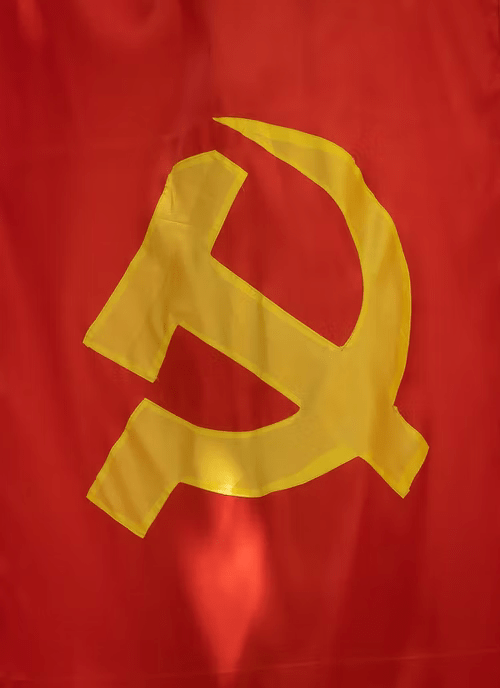It’s been a week! I, out of a curiosity, googled “communism”. Wikipedia, Investopedia, Britannica….. Goodness! How do they know this? Trust me, I encountered 22 other weird terminologies just to learn about a term-communism. I couldn’t then stop myself to express how I understood “communism” and here I go……
Let’s consider a society without:
-Class: no black or white, no rich or poor, no upper class or middle class
-Money: why need it if we work for everyone?
-State: no centralized power
There you go! Communism it is.
Everyone owns everything: no private ownership. Yes, the land you are living on, is for everyone. The work you do, you do for everyone. Doesn’t that sound perfect?
Now back to the Industrial Revolution. There were factory owners (rich people). They exploited workers (poor people) and earned profits. In this sense, the owners always dominated workers, and the workers were deprived of their basic human rights. Now comes Karl Marx. He classifies them as:
Owners: bourgeoisie
Workers: proletarian
Marx imagines a society where there is no class of people and no difference between rich and poor. Moreover, the workers can overthrow the monarchy. Everyone controls the means of production (ownership of land, labor, and capital). Ultimately, there is no discrimination, people are provided with free health and education, no inherited wealth, and so on. Marx didn’t actually make this a practice, but imagined it. Thus, Marxism is the philosophy where Marx imagines utopia (a perfect society) which is actually practically not possible.
When it comes to the practical implementation of Marx’s theory of communism, throughout history, the characters have implemented it in their own way.
Vladimir Lenin (Russian Revolution-1979)
Lenin led the proletariats (workers) with the slogan of peace, land, and bread. The revolution could overthrow the monarchy of Tsar Nicholas-II. As promised, the revolution resulted in establishing human rights of workers, determination of working hours in a day and working days in a week, women into education and the main agenda- the land was redistributed to the people i.e. from rich land owners to everyone. Until here, Lenin was right on the path of communism imagined by Marx. But, Lenin nationalized factories; the government to control the factories and the production. And here, it violates the communist principle of common ownership. Lenin moved on the path of dictatorship. No one could criticize the government and its activities. The freedom of speech was violated.
Joeph Stalin
After Lenin’s demise, Stalin took the lead. His communist ideology too went towards dictatorship. Workers suffered again as they had to work a lot more to increase the production. Contradicting Marx’s idea of common ownership, the government owned means of production.
Mao Zedong (Maoism)
Let’s come to China. Now, Mao develops his own form of communism. He uses armed insurgency, mass mobilization, and strategic alliances to capture the state power. Mao took the violent way to come into power and establish dictatorship. Here’s his saying in a speech in 1938:
“Every Communist must grasp the truth. Political power grows out of the barrel of a gun. Our principle is that the Party commands the gun, and the gun must never be allowed to command the Party.”
We are now clear. Throughout the history, the practical implementation of the communism that Marx has conceptualized has deviated. It is also clear that the hypothetical utopia Marx imagined exists theoretically only. However, the practice of communism has also given the successful ideas which we actually have implemented. The classless society, worker rights, concept of free education and health and so on.
Now we can analyze its failures.
First, in communism or in a communist society, you work according to your ability but you get according to your needs. That is, you get the same even if you work a lot or less. You do not get incentives even if you make a profit for the group. Ultimately, there is no competition and no innovation in the society.
Second, the classless system creates the power vacuum (no one leads the group) which ultimately leads to the dictatorship. The one party rule violates the freedom and democracy. The concentration of power brings corruption.


Good!